
about us
Dreams and Shadows
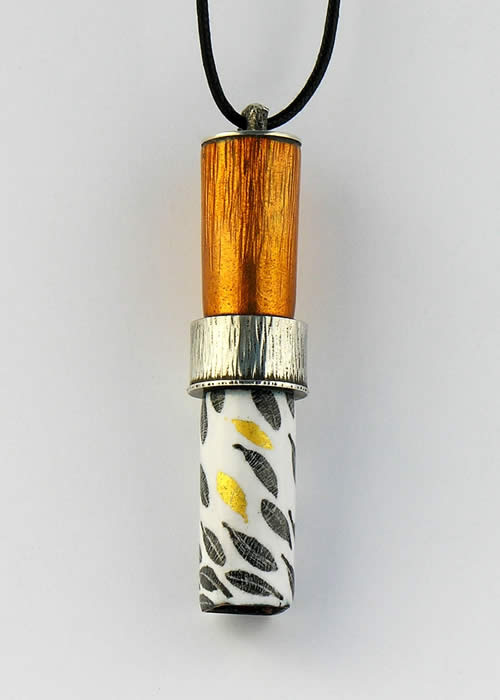 Leaves fall on Peach Mountain
Leaves fall on Peach Mountain
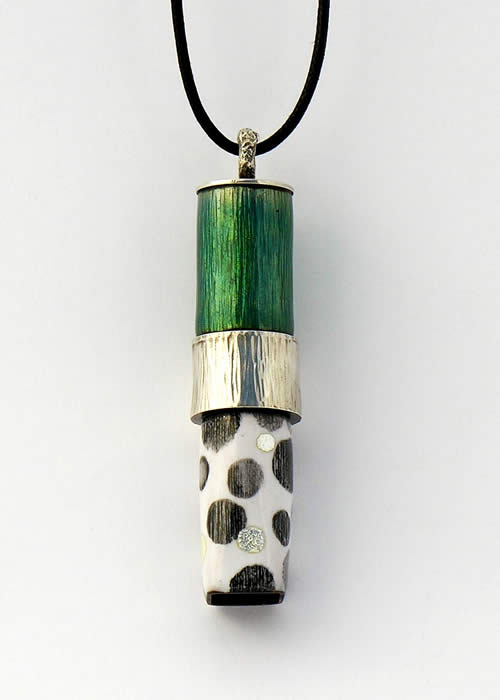 Rain fall on Peach Mountain
Rain fall on Peach Mountain
 Night falls
Night falls
... in the shadow of the Mountain
 Storm
Storm
... in the shadow of the Mountain
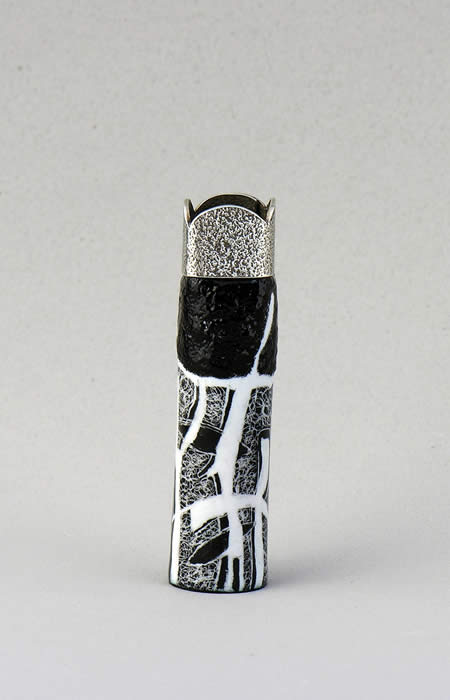 Scent of fire
Scent of fire
... in the shadow of the Mountain
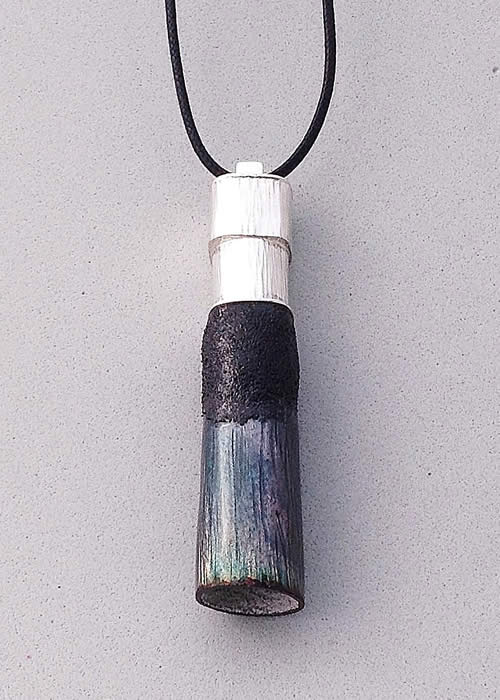 Night transformed
Night transformed
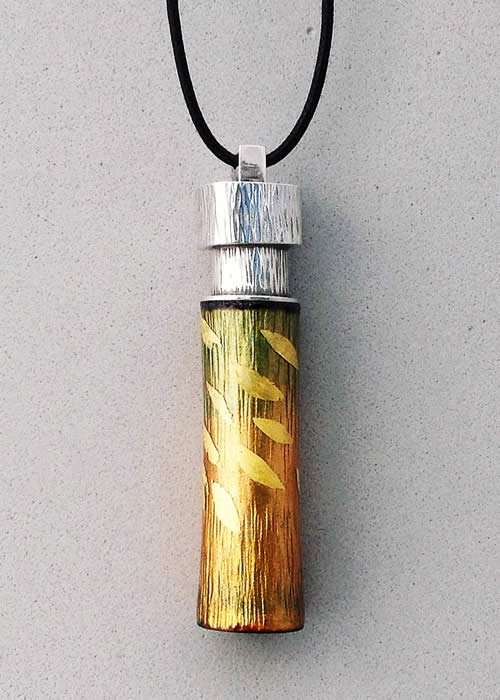 Light transformed
Light transformed
 Down Warrnambool way 1
Down Warrnambool way 1
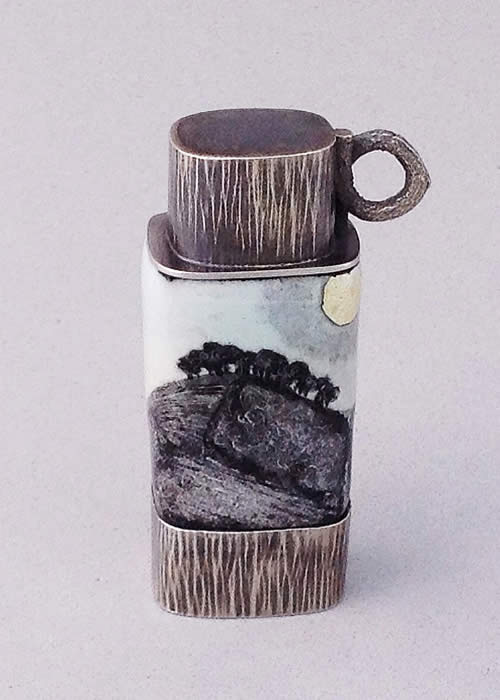 Impossible sky
Impossible sky
Ferns
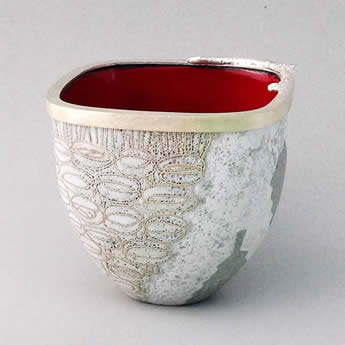 Ash Banksia
Ash Banksia
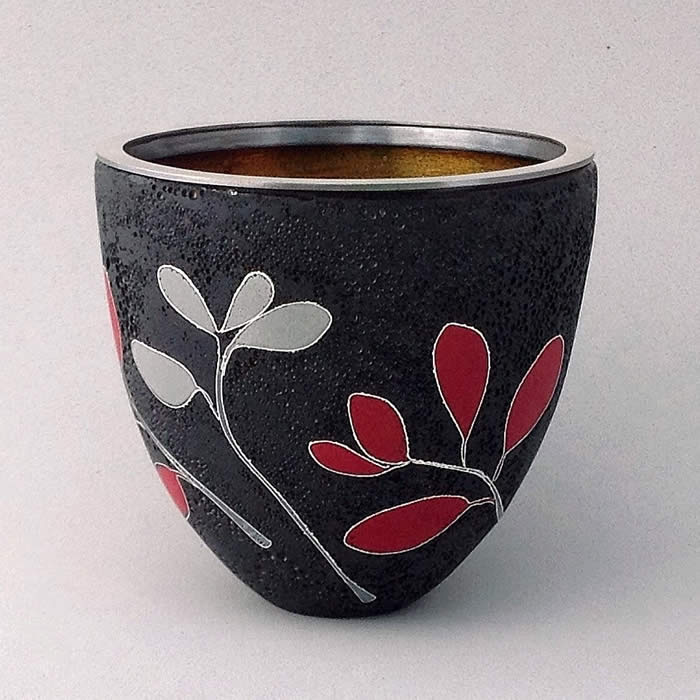 Ruby leaves emerge
Ruby leaves emerge


eyes blur and soften
distant murmurs awaken
bright dreams and shadows
Dreams and Shadows draws upon the artist’s regular visits to Japan, studying with Japanese Master Mr Tsuruya Sakurai, and is an exploration of wearable objects and vessels. The qual- ities of vitreous enamel and the influences of Japanese culture and tradition, provide Ryman with a pleasurable and creative language in her latest work.
“My whole life has been lived in Australia and naturally I work with what I see around me. I filter and transform these influences into my work. Even so I have found sensibilities within myself that often chime with elements of Japanese aesthetics and culture. In Japan there is a respectable tradition of honouring by copying and perpetuating designs. My teacher, in his job as a traditional company craftsman, often followed this precept. His private work frequently took quite a different direction! My approach to design, developed in a culture where individual expression of identity is strong, often drew comments of enjoyment from him and I relished the challenge of marrying traditional knowledge and contemporary vision. I used the form of the Haiku (above) as an exercise, to clarify in my own mind, my pathway into the creative state. It is a choice, an action of letting go so that I may listen with an internal sensor that seems to reside within my spirit and mind. This work has come up from so deep down that I have virtually worked instinctively straight into the pieces. It is an organic process that bypasses intellect as it develops; a visceral production that, when it has achieved a certain form, then the intellect likes to step in and have a little look! "Hmmm, what have you been up to Barbara?"
When I made my first short visit in 2002 it was to attend the opening ceremony of the 36th International
Enamelling Art Exhibition at the Ueno Royal Museum in Tokyo. I went there to receive the Chairman’s Award of the Japan Enamelling Artist’s Association for three brooches that had been accepted for exhibition. My work had been recognized with other awards in previous JEAA exhibitions so I already had an awareness that something in my work and its aesthetic sensibilities appealed to my Japanese colleagues. My first experience of Japan showed me how much their culture appealed to me!
I have been met with a generosity of spirit and good natured ease and openness that has made my visits to Japan both inspiring and enjoyable. My teacher has been determined to freely pass on to me his knowledge, understanding the vital importance of giving to the future. My travels there have given me the opportunity to absorb so many influences. Every aspect of Japanese life and scenery is fascinating to me. My visits have always focused on study and therefore geographically speaking I have not travelled far. This does not worry me as I love to become familiar with a place, to feel part of the scene. I can connect with my enamel friends and be a part of society while enjoying one of my favourite cuisines.
Like any visitor I take many photographs and my eye seeks out colour combinations, textural compositions and scenery that capture something of what I perceive as a Japanese essence. Only recently I have been delving into Japanese art history and learning about the art from the Rinpa School, which is a style that encompasses a broad period from the Momoyama Bunka or culture (1568-1603) and the Edo period (1603-1868). I was so surprised to discover that many characteristics of this style resonated strongly with my own work. Rinpa artists use nature as a central theme. They are particularly adept at reducing an image to its essential elements, capturing the subject’s spirit and essence. Gold and silver foils are often included to create rich and elegant elements or backgrounds. It is not unexpected that the Japanese influences I consciously and unconsciously absorbed and admired have surfaced in my pieces, and of course I wish to include them, but it was delightful to find an articulation of something that I was not yet fully aware. How strange, and how appropriate!”
Barbara Ryman


 Down Warrnambool way 2
Down Warrnambool way 2